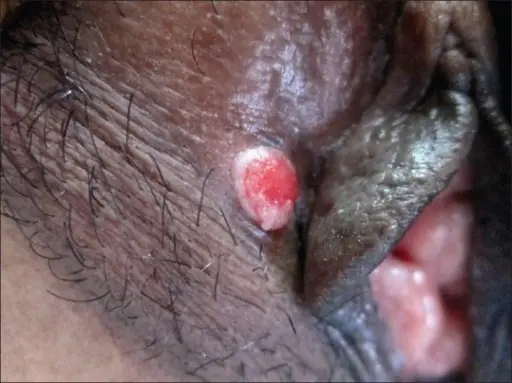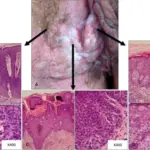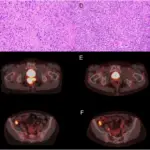Papillary hidradenoma of the vulva is a rare, benign neoplasm arising from apocrine glands on skin of vulva. It is usually a benign tumor.
What is the Pathology of Vulvar Papillary Hidradenoma?
The pathology of vulvar papillary hidradenoma is:
-Etiology: The cause of vulvar papillary hidradenoma is unknown.
-Genes involved: PIP gene, PI3K-AKT gene.
-Pathogenesis: The sequence of events that lead to vulvar papillary hidradenoma proliferation of atypical cells.
-Morphology: The morphology associated with vulvar papillary hidradenoma shows papillary folds, tubules.
-Histology: The histology associated with vulvar papillary hidradenoma shows solitary dermal or subcutaneous nodule.
How does Vulvar Papillary Hidradenoma Present?
Patients with vulvar papillary hidradenoma typically females with 30-80 years age. The symptoms, features, and clinical findings associated with vulvar papillary hidradenoma include: pain, pruritus, bleeding ulceration and discharge.
How is Vulvar Papillary Hidradenoma Diagnosed?
Vulvar papillary hidradenoma is diagnosed biopsy, physical examination.
How is Vulvar Papillary Hidradenoma Treated?
Vulvar papillary hidradenoma is treated by surgical excision.
What is the Prognosis of Vulvar papillary hidradenoma?
The prognosis of vulvar papillary hidradenoma is excellent if excision completely done. Can very rarely transform into malignant carcinoma.



